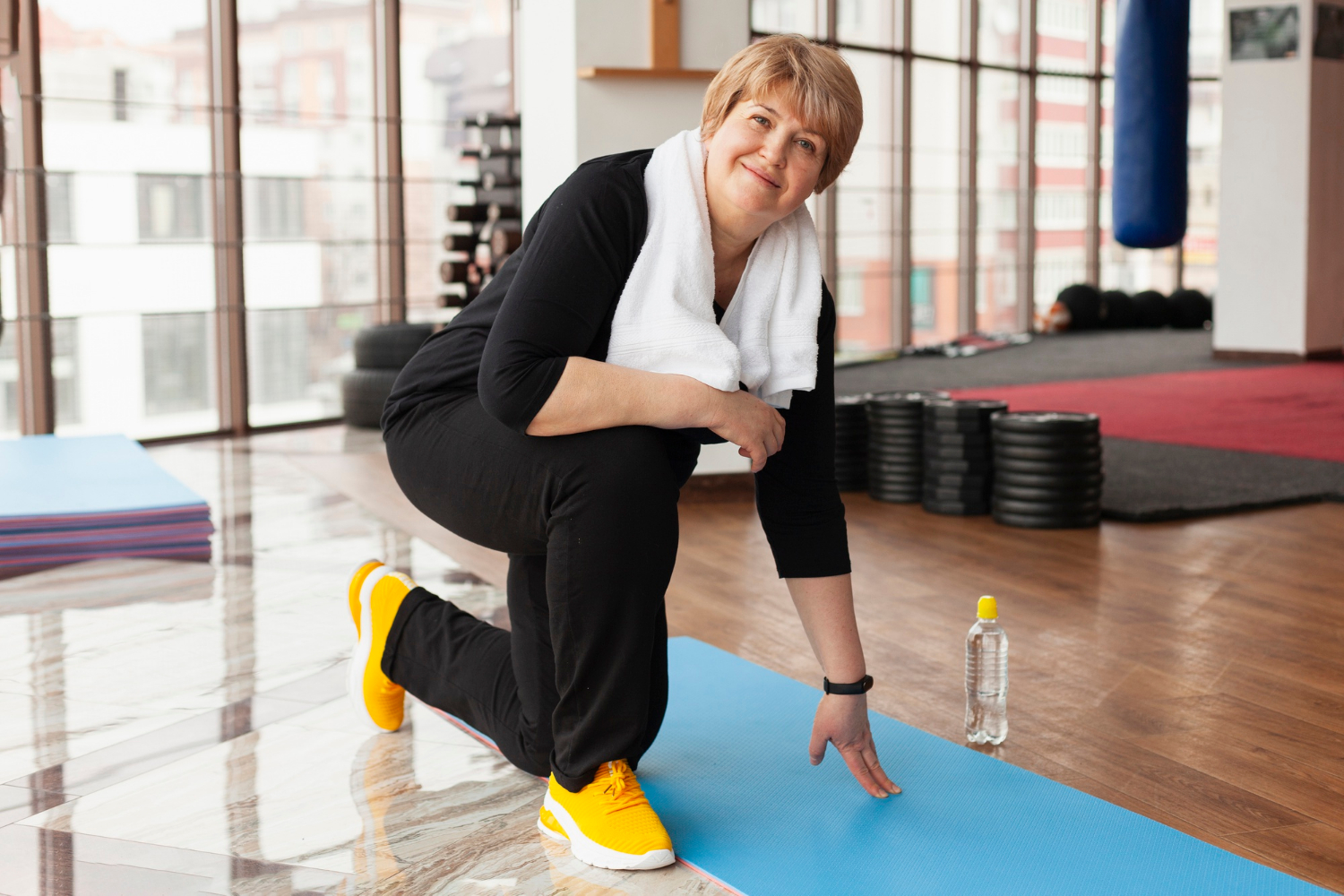Bladder leaks can feel like an unwanted guest crashing your life, but you can reclaim your confidence. 7 simple exercises to stop bladder leaks today are not just a wishful thought; they’re a practical reality. These exercises can help strengthen your pelvic floor muscles, the key to maintaining control and comfort.
Understanding bladder leaks is about more than just the physical aspects. It’s a matter of dignity, freedom, and peace of mind. Whether you experience this due to pregnancy, childbirth, aging, or other health issues, know you’re not alone. Recognizing the importance of these exercises can transform your daily life, allowing you to engage fully in the activities you love without fear or embarrassment.
Contents
Why Strengthening Your Pelvic Floor Matters
Your pelvic floor is like a supportive hammock that holds up your bladder, uterus, and bowel. When those muscles weaken, you may notice unexpected leaks during laughter, coughs, or even when you’re exercising. Ignoring these signs won’t make them disappear. Instead, it could lead to more significant issues down the road.
Here’s why you should care:
- Improved Quality of Life: No more worrying about sudden leaks during a run or a family gathering.
- Enhanced Sexual Health: A strong pelvic floor can lead to better intimacy and sexual satisfaction.
- Support for Other Organs: A healthy pelvic floor also helps support your bowel and uterus, contributing to overall wellness.
Get Started with These 7 Simple Exercises
Let’s dive into the exercises that can help you regain control. Each one targets your pelvic floor while being easy to integrate into your daily routine.
1. Kegel Exercises
What Are They? Kegels are the gold standard for pelvic floor strengthening.
How to Do Them:
- Identify your pelvic floor muscles. The next time you’re urinating, try to stop the flow midstream; those are the muscles you want to strengthen.
- Once you know where they are, contract those muscles for five seconds and then relax for five seconds.
- Repeat this 10 to 15 times, three times a day.
Tip: Don’t overdo it; quality over quantity counts here.
2. Bridge Pose
What Is It? This classic yoga pose not only tones your pelvic floor but also strengthens your glutes and lower back.
How to Do It:
- Lie on your back with your knees bent and feet flat on the floor.
- Your arms should be at your sides, palms down.
- Push through your heels and lift your hips toward the ceiling, squeezing your pelvic muscles as you rise.
- Hold the position for a few seconds before lowering back down. Aim for 10-15 repetitions.
3. Squats
Why Squats Matter: Not just for your legs, squats engage your core and pelvic floor muscles.
How to Do Them:
- Stand with your feet shoulder-width apart.
- Lower your body as if you’re sitting in a chair, keeping your back straight and knees behind your toes.
- Push through your heels to return to standing. Repeat 10-15 times.
4. Bird Dog
A Unique Twist: This exercise enhances stability and core strength while engaging your pelvic floor.
How to Do It:
- Start on all fours, hands under your shoulders and knees under your hips.
- Extend your right arm and left leg simultaneously while keeping your core tight.
- Hold for a few seconds, then switch sides. Repeat 10 times on each side.
5. Leg Raises
What’s the Benefit? Leg raises build strength in your lower abdominal area, which supports your pelvic floor.
How to Do It:
- Lie flat on your back with your legs extended.
- Slowly lift one leg toward the ceiling while keeping the other leg flat on the ground.
- Hold for a few seconds and lower back down. Switch legs and repeat 10 times for each leg.
6. Wall Sits
Why Wall Sits? This exercise not only targets your thighs but also engages your pelvic muscles.
How to Do It:
- Stand with your back against a wall and slide down until your knees are bent at a 90-degree angle.
- Hold this position for as long as you can, ideally 30 seconds to a minute. Repeat three times.
7. Pelvic Tilts
What Are They? Pelvic tilts can relieve tension while also working your pelvic floor.
How to Do It:
- Lie on your back with your knees bent and feet flat on the floor.
- Gently tilt your pelvis upward by tightening your abdominal muscles and flattening your back against the floor.
- Hold for a few seconds, then relax. Repeat 10-15 times.
Incorporate These Exercises into Your Routine
Creating a consistent routine is key. Try scheduling these exercises into your morning or evening rituals. You might even consider pairing them with other daily activities, like brushing your teeth or watching your favorite show.
Track Your Progress
Keeping a journal or using an app to track your exercises can help you stay motivated. Notice how you feel over time—both physically and emotionally. Celebrate small victories, like making it through a workout without leaks!
Additional Tips for Managing Bladder Leaks
While exercises are essential, they’re just one piece of the puzzle. Here are some other strategies to consider:
- Stay Hydrated: Drinking enough water helps your bladder function effectively.
- Avoid Bladder Irritants: Caffeine, alcohol, and spicy foods can aggravate leaks. Pay attention to what triggers your symptoms.
- Maintain a Healthy Weight: Excess weight can put pressure on your bladder, leading to leaks.
When to Seek Professional Help
If you’re consistent with your exercises and still struggling with bladder leaks, don’t hesitate to consult a healthcare professional. They can offer personalized guidance and may recommend physical therapy or other treatments.
For more information on bladder health, check these resources:
Bottom Line
7 simple exercises to stop bladder leaks today don’t just offer a path to physical strength; they empower you to live your life more fully. You deserve the freedom to laugh, run, and enjoy life without fear.
So, why wait? Start incorporating these exercises into your daily routine. You’ve got this, and your body will thank you!
FAQ
1. How long will it take to see results?
You may notice improvements within a few weeks, but consistency is key.
2. Can I do these exercises during pregnancy?
Most of these exercises are safe during pregnancy, but consult your doctor before starting any new routine.
3. What if I feel pain while doing these exercises?
Stop immediately and consult a healthcare professional to ensure you’re performing the exercises correctly.
Take control of your life. Start today!








